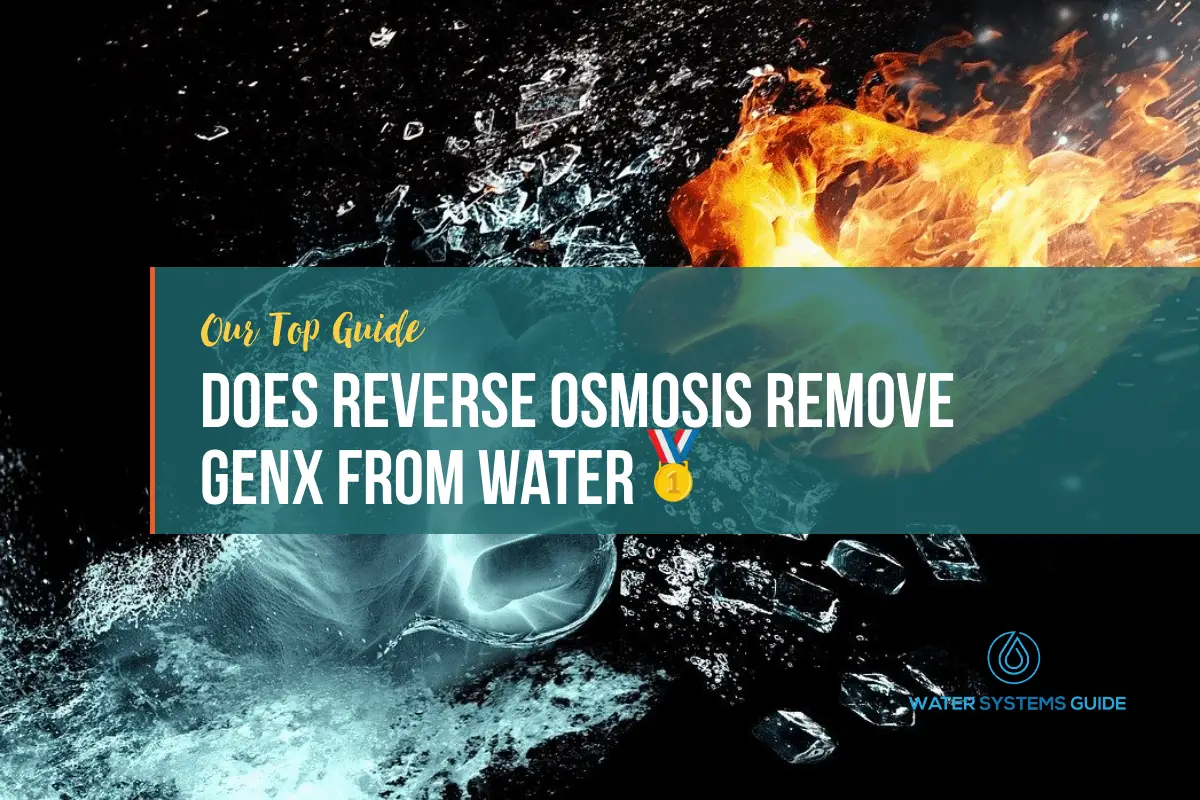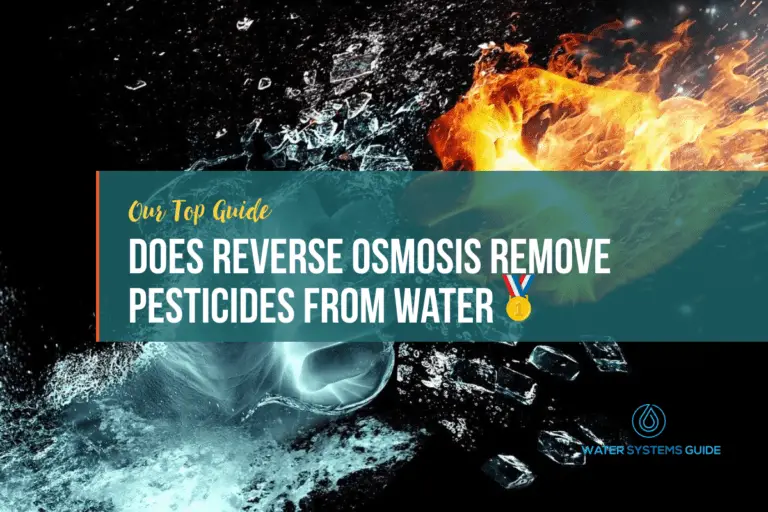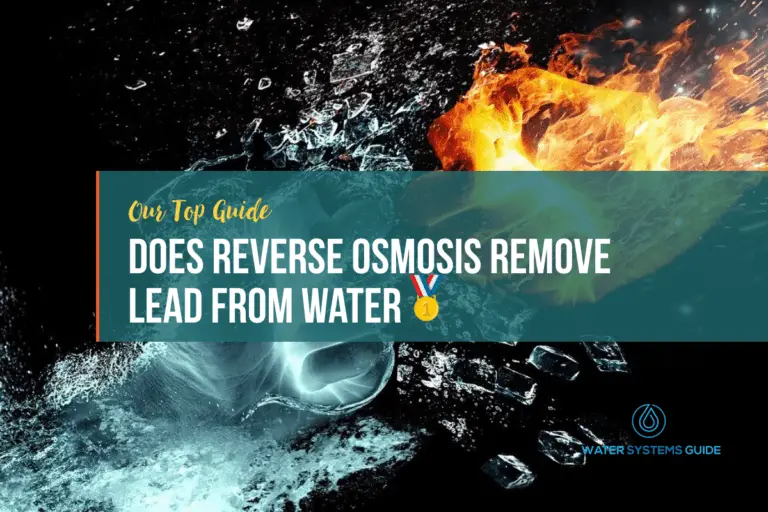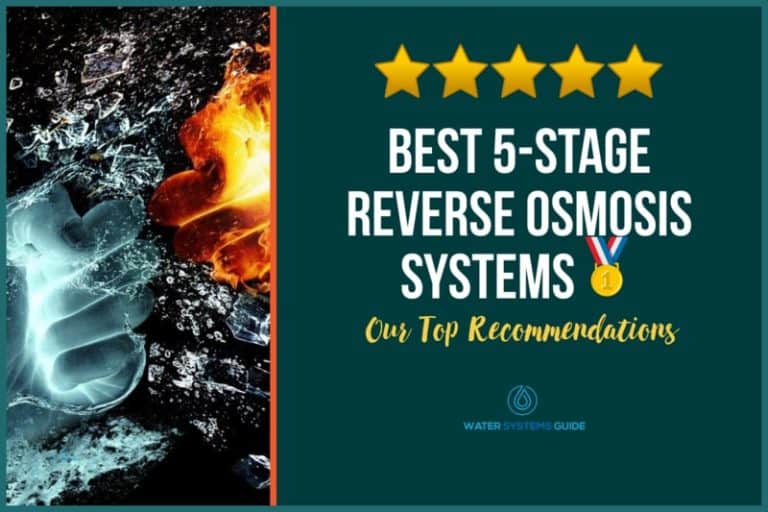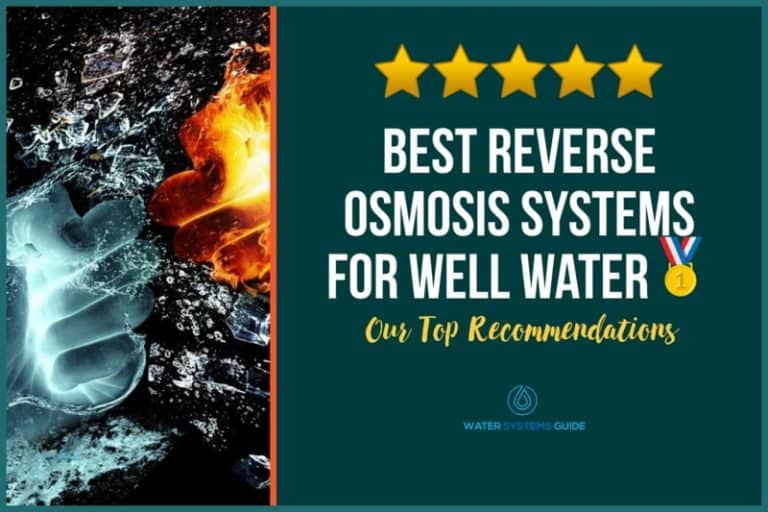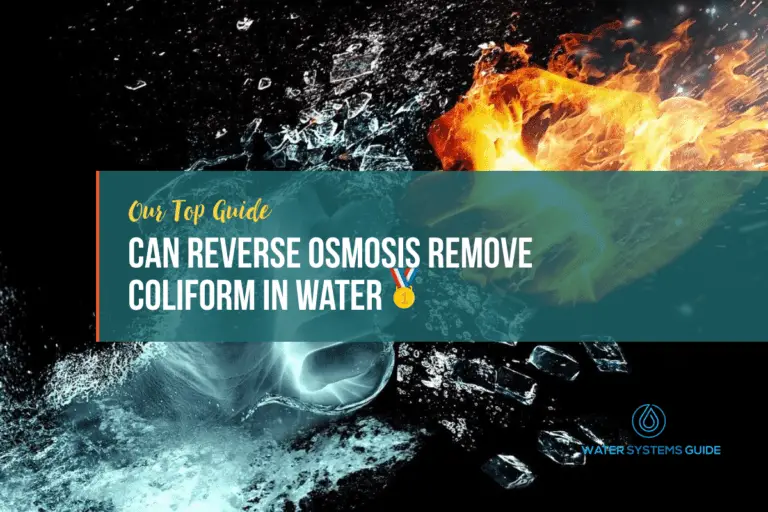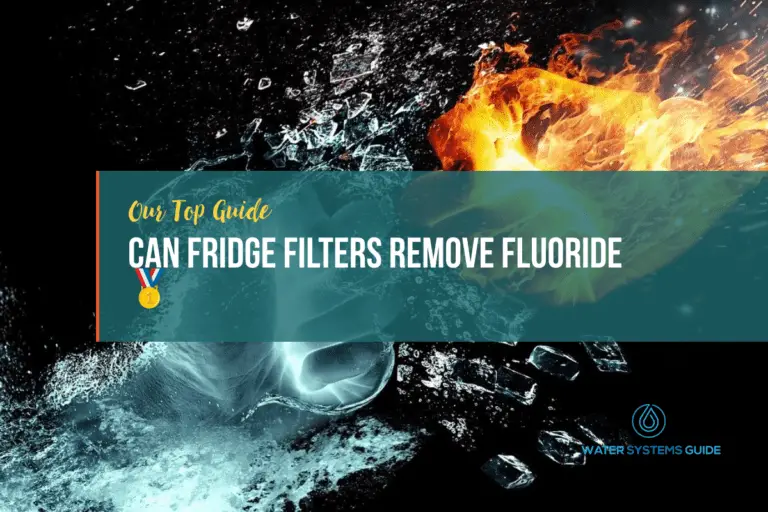Does Reverse Osmosis Remove GenX From Drinking Water
How Does Reverse Osmosis Work?
What are GenX chemicals and where are they used?
GenX belongs to a large class of synthetic chemicals known as per- and polyfluoroalkyl substances (PFAS).
More specifically, PFAS are synthetic chemicals that do not occur naturally in nature.
These chemicals have a wide range of commercial applications, including food packaging, nonstick coatings, stain-resistant fabrics and carpeting, and firefighting foam. They are also found in some consumer products, such as shampoo, cosmetics, and cleaning products.
While GenX chemicals are considered to be safe for human health, there is some concern that they may be linked to cancer and other health problems.
How does GenX (PFAS) get into our municipal water
Municipal water supplies can be contaminated with GenX (PFAS) through a variety of mechanisms. Leaching from industrial sites or landfills where GenX-containing products have been disposed of can contaminate groundwater, which may be used as a source of drinking water.
In addition, wastewater from facilities that use or manufacture GenX-containing products can contaminate surface water bodies, such as lakes and rivers, which may also be used as sources of drinking water. Finally, GenX can enter the municipal water supply through treated sewage effluent that is discharged into surface waters.
GenX’s Effect on Human Health
The EPA have finalized their toxicity assessments of GenX, which conclude that in animal studies the chemicals are toxic and have the following health implications:
Animal studies following oral exposure have shown health effects including on the liver, kidneys, the immune system, development of offspring, and an association with cancer. Based on available information across studies of different sexes, lifestages, and durations of exposure, the liver appears to be particularly sensitive from oral exposure to GenX chemicals.
Whilst there is on-going research being done into finding out the severity of toxicity that GenX has on humans, it’s safe to say that if it causes the above issues with animals, we don’t want any kind of exposure to this group of chemicals. Hence, we understand why you’re researching ways to remove it from your water supply, which you consume/drink.
Does Reverse Osmosis Remove GenX?
Since GenX belongs to a large class of synthetic chemicals known as per- and polyfluoroalkyl substances (PFAS),
Reverse osmosis is an effective way to remove GenX and other PFAS from water. Reverse osmosis works by using pressure to force water through a membrane, which removes impurities from the water. GenX is a small molecule, so it can be removed effectively by reverse osmosis, similarly to other PFAS.
What Else Does Reverse Osmosis Remove?
How Else Can I Remove GenX from My Water Supply?
There are a few ways that you can go about removing GenX (PFAS) and other harmful contaminants from your water supply. One way is to use a water filter.
You’ll have to decide whether you want a point of use or point of entry system, a POU system is one like an under-sink RO filter, whereas a POE system is a whole house RO system. We prefer POE water filtration systems since they treat the entire house’s water supply.
According to the Environment Protection Agency, the most effective ways include using granular activated carbon, ion exchange resins, and high-pressure membrane systems.
When it comes to using a high-pressure membrane, this can be through RO or nanofiltration, we’ve included some specific information from the EPA regarding this:
“High-pressure membranes, such as nanofiltration or reverse osmosis, have been extremely effective at removing PFAS (PFOA & PFOS). Reverse osmosis membranes are tighter than nanofiltration membranes. This technology depends on membrane permeability. A standard difference between the two is that a nanofiltration membrane will reject hardness to a high degree, but pass sodium chloride; whereas reverse osmosis membrane will reject all salts to a high degree. This also allows nanofiltration to remove particles while retaining minerals that reverse osmosis would likely remove.”
Whatever method you choose, if you’re purchasing a product/system, it’s important to confirm with the manufacturer that it does indeed filter out PFAS.
Conclusion
In conclusion, does reverse osmosis remove GenX? Yes it does, alongside a few of the other methods described above.
Therefore, if you’ve tested your water supply and know that there is GenX present, it’s recommended to use one of the following solutions, which include granular activated carbon, ion exchange resins, and high-pressure membrane systems (nanofiltration or RO). All of which are designed specifically to remove GenX & PFAS from drinking water.

